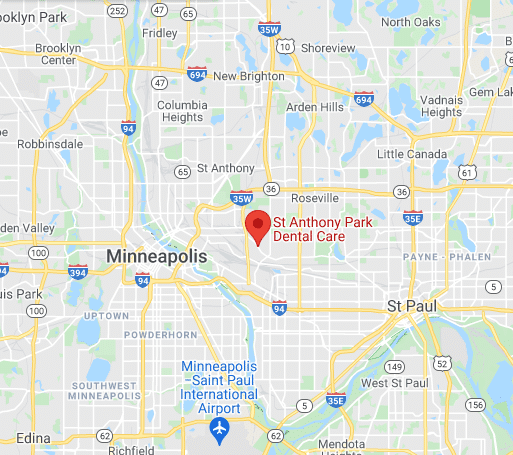5 Reasons to Consider a Dental Implant to Replace That Missing Tooth
Your permanent teeth serve many important functions. When a permanent tooth is knocked out or falls out, getting your permanent tooth replaced can help maintain your dental health as well as your appearance. If you’ve recently lost a permanent tooth, your dentist in St Paul, MN, can help. Below are five reasons to consider a dental implant to replace your missing tooth.
1. Aesthetic Reasons
Your full set of teeth looked good. With one or more teeth missing, your appearance may be impacted. Replacing that missing tooth can make your smile whole again.
2. Improved Speech and Chewing
Teeth play an essential role in your speech and ability to chew. When one of your teeth is no longer there, you could develop a lisp or may find chewing to be more difficult.
For many patients, dental implants are the perfect solution to this problem. Like your natural teeth, dental implants are inserted into the jaw so they’re firmly in place, and can do everything your natural teeth can do.
3. More Self-Confidence
Many people feel self-conscious when they’re missing a tooth. Getting a dental implant can fix this problem by making your smile whole again. With a dental implant, you can smile with confidence.
4. Keep Other Teeth In Place
Teeth can shift in the mouth over time, especially when a tooth is missing. Replacing your missing tooth with a dental implant can prevent this from happening.
5. Stimulate Jaw Bone
Teeth stimulate the jawbone as you chew. When a tooth is missing, the jawbone can lose volume. Installing a dental implant soon after losing a permanent tooth can stop this problem from happening.
Want to know more about dental implants in St Paul, MN? Call St.Anthony Park Dental Care today to speak with one of our dental professionals.






